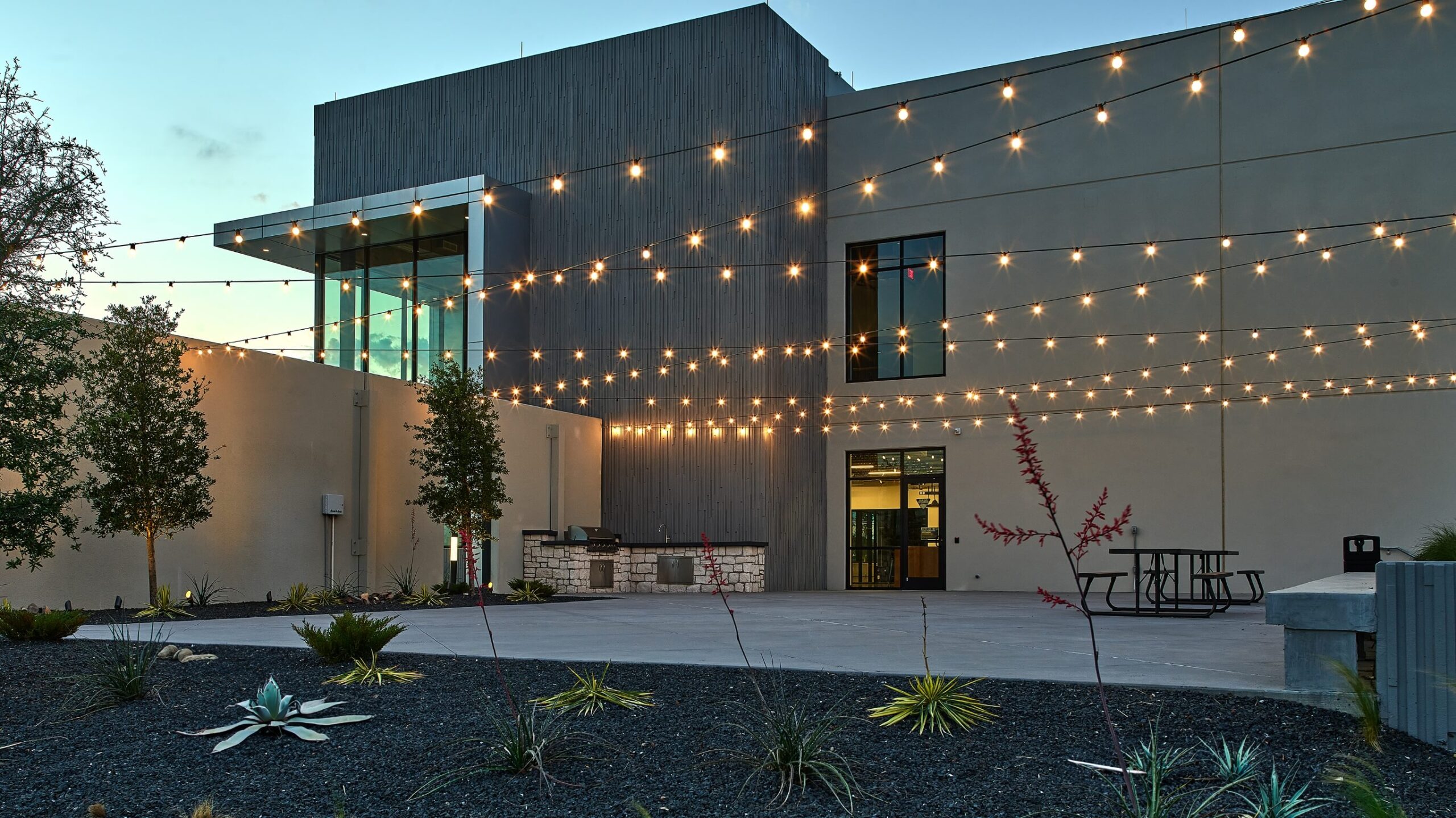Dallas-Fort Worth has set such a fast pace for industrial construction and has maintained it for so long, that perhaps it’s natural to wonder how long it can last.
With 61.1 million square feet of industrial space underway as of December, not only did the region lead the nation, it represented 12% of all industrial construction in the United States, according to the CoStar Analytics industrial outlook for 2022.
New developments of all sizes are planned, including projects such as Perimeter Park, a 297,628-square-foot, two-building industrial complex in Dallas and I-20 Logistics Park, a 1.01-million-square foot warehouse facility in southern Dallas County. Meanwhile, expansions are underway, such as the one-building speculative industrial facility at Sunnyvale West Business Center and the additional space at Fort Worth Logistics Hub.
All told, commercial construction should reach $3.81 billion locally in 2022, slightly less than last year’s total of $3.89 billion, according to Cumming, a global project management and cost consulting firm. Manufacturing construction is projected to be $1.288 billion compared with $1.289 billion in 2021.
“Now is a time for cautious optimism,” said developer Eric Langford of Langford Property Co. “The dynamics are very good here but they’re plateauing some nationally.”
Overcoming obstacles
The construction market in Dallas-Fort Worth is booming despite some setbacks. For example, supply chain problems are causing long waits for materials like steel, gypsum and lumber, Langford noted.
“You have to order steel 12 to 18 months out,” he said. “The process is longer than it used to be and it’s harder to get a slot.”
Developers and contractors often must pre-pay for materials like dock levelers and order them sooner. “We will order them ahead of time, stockpile them and use them when we need them,” Langford said.
Nationally, only 10% of construction contractors have reported not experiencing any significant supply chain problems, according to results of an industry survey recently released by the Associated General Contractors of America and Sage.
Even fewer contractors, just 8%, reported that they had not had difficulty hiring workers while 83% reported they are having a hard time filling some or all salaried or hourly craft positions. Three out of four respondents expect it to continue to be hard to hire or will become harder to hire this year.
Furthermore, 84% of respondents reported that costs have been higher than anticipated. In a separate analysis of government data, the AGC calculated that material prices soared 20% in 2021.
Still, 74% of construction firms plan to hire in 2022 due to growing demand for most types of projects, according to AGC’s business outlook report for 2022. Among projects those in the industry are most bullish on, warehouses tied with “other health care” for the highest expectations among predominantly private-sector categories, with a net of 41% each.
Looking ahead
Local brokers, developers and contractors expect another strong year for commercial real estate.
“We’re seeing dozens of projects,” said Mark Duvall, vice president at Bob Moore Construction.
The contractor is “kicking tires” on new industrial deals as well as other types of developments, like multifamily properties.
Duvall does not expect the commercial construction boom to slow because the region continues to grow. “People continue to move to Dallas-Fort Worth and Texas. There’s a huge demand for industrial and housing,” he said.
The increasing popularity of online shopping helps as well. “Dallas-Fort Worth is good for industrial and distribution purposes,” Duvall said.
Market fundamentals are strong and rents are rising, Langford noted. “Dallas is more immune to a slowdown than a lot of places,” he said. “It doesn’t show any signs of slowing down.”
That does not necessarily mean it won’t, however. In considering the possibility of a slowdown, Langford reflected on lessons from past downturns going back to the early 1980s when he learned to proceed cautiously.
“If you can find a site that makes sense, lock in pricing and pre-order materials, you can mitigate risk,” Langford said. “But if you have bought a site and haven’t priced materials, you may be in trouble because your pro forma is out of whack now. Some projects are being shelved because costs are too high compared to what they could do for rent.”
Value-engineering projects also help, Langford said. This design process encourages using alternative methods of construction and materials to reduce costs while maintaining the intent of the design. He noted how it worked with Bob Moore Construction to keep a complex project involving a high-tech conveyor belt within budget as an example.
“For Dallas-Fort Worth, the future is bright,” he said.
Even if it slows a little, it looks like the construction boom may continue.
